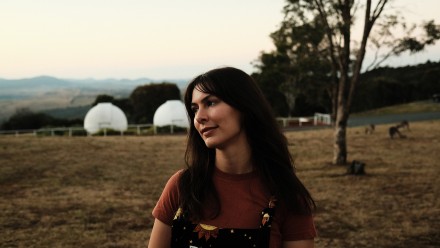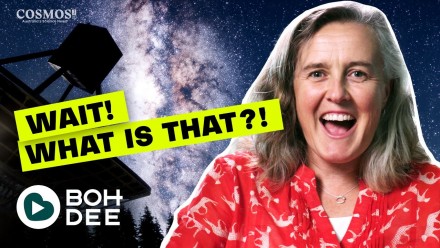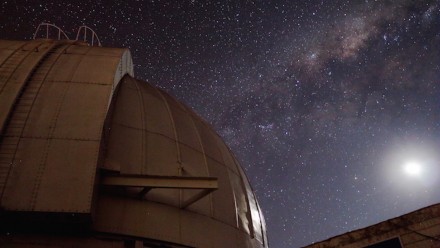Mt. Stromlo Public Astronomy Night Online
Mount Stromlo Observatory in conjunction with the Canberra Astronomical Society invite you to (virtually) attend our public observing nights of 2020. Come and see the craters of the moon, planets, and beautiful star clusters and nebulae. On the night attendees will be taken on a ‘tour of the universe’ with talks by astronomers from Mt. Stromlo Observatory and telescope observations.
The talk was streamed on Facebook Live. You can watch a recording of the talk here on our Facebook page (see the 'Public Astronomy Nights' video playlist) or by clicking on the video in the media gallery above.
If stargazing is not possible (due to e.g. weather) then the second talk will immediately follow the first. You can check out the weather at Mt Stromlo using our all sky camera. We will also post updates on our Facebook page.
If you like what we do and would like to support our public programs, you can donate online.
Adam Rains: "What is Your Favourite Planet, and Why is it Jupiter?" (kid-friendly)
Jupiter is the largest planet in the Solar System, but did you also know that it’s the best? Join us to learn all about Jupiter’s stripes, what it’s made of, its Great Red Spot, and even its moons!
Bio: Adam Rains is a PhD student at the ANU Research School of Astronomy & Astrophysics, where he studies stars cooler in temperature and redder in colour than the sun by looking at their rainbows.
Dr. Noelia Martinez: "I Want My Own Star Too!"
Laser Guide Stars are artificial stars that we generate on the sky wherever we want. Green and orange lasers are launched from the ground to help adaptive optics systems correct for the atmospheric effects on astronomical observations and space applications. Would you like to have your own star too? Join us on July 17th!
Bio: Dr. Noelia Martinez is a postdoctoral fellow at the Advanced Instrumentation and Technology Centre (AITC), at Mt Stromlo Observatory. She is part of the RSAA Adaptive Optics group, working in Space Situational Awareness and in an innovative concept of laser for the generation of artificial stars on the Australian skies.
2020 Dates: 1 May (online), 29 May (online), 26 June (online), 17 July (online), 21 August (online), 25 September (online).










